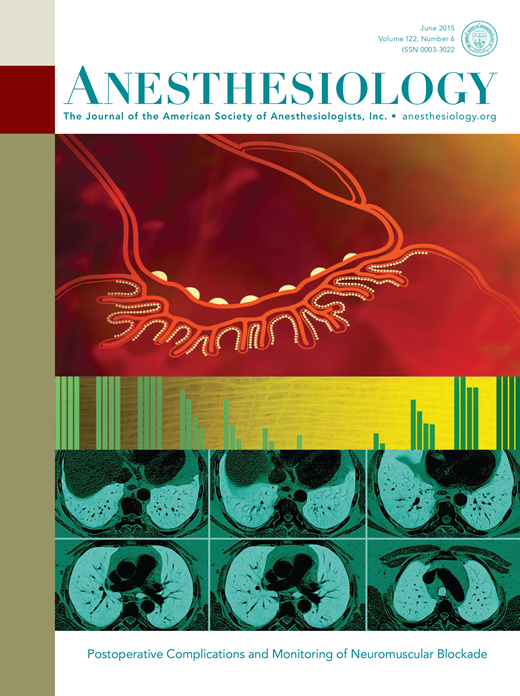Potential Benefits of Medical Nutrition Therapy for Timely Ventilator Weaning in the Critically Ill.
IF 9.1
1区 医学
Q1 ANESTHESIOLOGY
引用次数: 0
Abstract
Nutritional support and metabolic assessment are crucial in weaning from invasive mechanical ventilation. This review explores strategies for metabolic assessment and tailored nutritional interventions and their impact on weaning outcomes, highlighting individualized nutritional interventions. While indirect calorimetry provides direct metabolic data, diaphragm ultrasound can complement metabolic monitoring by assessing respiratory muscle function and detecting early signs of muscle wasting. Protein intake in critically ill patients remains controversial, as early high protein administration (greater than 1.2 g/kg each day) has not demonstrated clear benefits and may even be detrimental to successful ventilator weaning, supporting the adoption of a moderate, individualized nutritional strategy. Vitamin D deficiency is common in critically ill patients, and targeted supplementation may reduce mechanical ventilation duration. High-fat and ketogenic diets have shown limited benefit and are not currently recommended. Some nutritional supplements (e.g., creatine, branched-chain amino acids, β-hydroxy-β-methylbutyrate) are under investigation, but current evidence does not support their routine use. A personalized approach integrating metabolic assessment, tailored protein intake, and vitamin D optimization may improve weaning success, functional recovery, and post-intensive care unit outcomes. Further research is needed to refine evidence-based guidelines.医学营养治疗对危重患者及时脱机的潜在益处。
营养支持和代谢评估对脱离有创机械通气至关重要。这篇综述探讨了代谢评估和量身定制的营养干预策略及其对断奶结局的影响,强调了个性化的营养干预。虽然间接量热法提供了直接的代谢数据,但隔膜超声可以通过评估呼吸肌功能和检测肌肉萎缩的早期迹象来补充代谢监测。危重患者的蛋白质摄入仍然存在争议,因为早期高蛋白给药(每天大于1.2 g/kg)尚未显示出明显的益处,甚至可能不利于呼吸机成功脱机,因此支持采用适度的个性化营养策略。维生素D缺乏症在危重患者中很常见,有针对性地补充维生素D可缩短机械通气时间。高脂肪和生酮饮食的益处有限,目前不推荐使用。一些营养补充剂(如肌酸、支链氨基酸、β-羟基-β-甲基丁酸)正在调查中,但目前的证据不支持它们的常规使用。结合代谢评估、量身定制的蛋白质摄入和维生素D优化的个性化方法可能提高断奶成功率、功能恢复和重症监护病房后的预后。需要进一步的研究来完善循证指南。
本文章由计算机程序翻译,如有差异,请以英文原文为准。
求助全文
约1分钟内获得全文
求助全文
来源期刊

Anesthesiology
医学-麻醉学
CiteScore
10.40
自引率
5.70%
发文量
542
审稿时长
3-6 weeks
期刊介绍:
With its establishment in 1940, Anesthesiology has emerged as a prominent leader in the field of anesthesiology, encompassing perioperative, critical care, and pain medicine. As the esteemed journal of the American Society of Anesthesiologists, Anesthesiology operates independently with full editorial freedom. Its distinguished Editorial Board, comprising renowned professionals from across the globe, drives the advancement of the specialty by presenting innovative research through immediate open access to select articles and granting free access to all published articles after a six-month period. Furthermore, Anesthesiology actively promotes groundbreaking studies through an influential press release program. The journal's unwavering commitment lies in the dissemination of exemplary work that enhances clinical practice and revolutionizes the practice of medicine within our discipline.
 求助内容:
求助内容: 应助结果提醒方式:
应助结果提醒方式:


